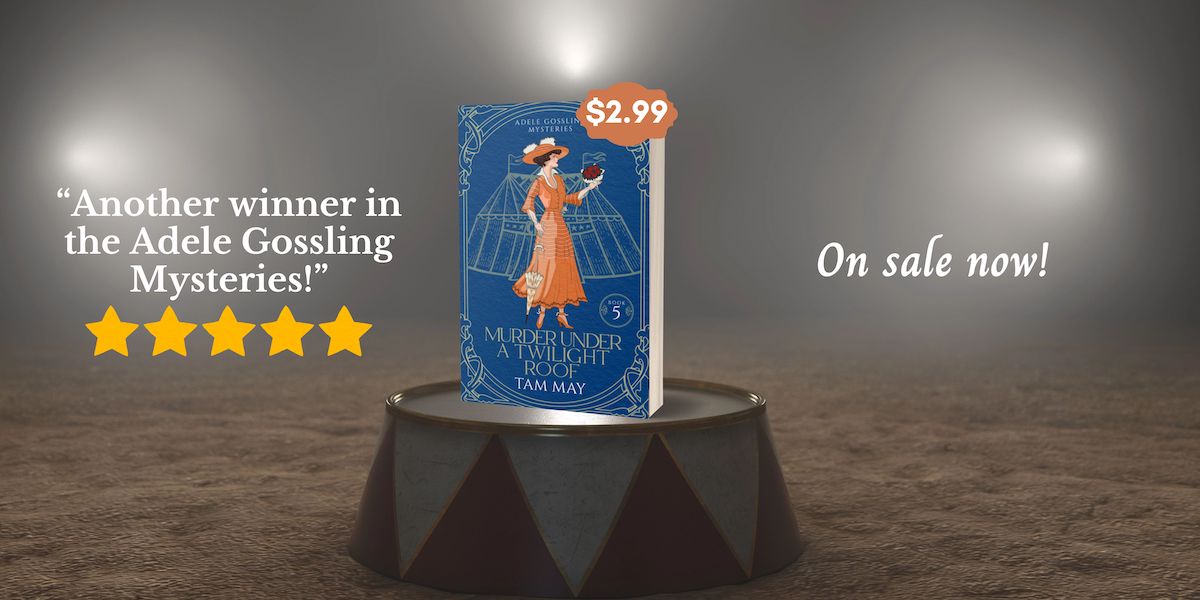

Lessons Front Cover Photo Credit:stokkete (Luciano de polo)/Depositphotos.com
Title: Lessons From My Mother’s Life
Author: Tam May
Genres: Historical Fiction/Women’s Fiction/Short Fiction
Release Date: March 29, 2020
It was the 1950s. The war was over and women could go back to being happy housewives. But did they really want to?
Women in the 1950s should have been contented to live a Leave it to Beaver life. They had it all: generous husbands with great jobs, comfortable suburban homes with nice yards, two cars, and communities with like-minded families. Their days were filled with raising well-behaved children, cleaning the house, baking cookies, and attending PTA meetings and church events.
They should have been fulfilled. Women’s magazines told them so. Advertisers told them so. Doctors and psychologists told them so. Some were. But some weren’t.
In the 1950s, women were sold a bill of goods about who they were and who they should be as women. Some bought it. But some didn’t.
These stories are about the women who didn’t. They didn’t buy that there wasn’t more to life than making a happy home. Except they didn’t know they weren’t buying until something forced them see the cracks in their seemingly perfect lives.
A teenage bride sees her future mirrored in Circe’s twisted face. A woman’s tragic life serves as a warning about the dangers of too much maternal devotion. And the lives of two women intersect during two birthday parties, changing both of them. These and other moving tales of strength, discovery, and hope are about our mothers and grandmothers and the lessons their lives have to teach us.
This book is the second edition of my 2017 short story collection, Gnarled Bones and Other Stories. This edition has been extensively revised, the stories changed and expanded, and the context moved from the present day to the 1950s and 1960s. This edition also includes a Preface and a bonus chapter from The Specter, the first book of my Gilded Age family drama, the Waxwood Series.
You can pick up your copy of the book at a special promotional price at the following online retailers:
Amazon US: https://www.amazon.com/dp/B084Y7GDV9
Amazon UK: https://www.amazon.co.uk/dp/B084Y7GDV9
B&N: https://www.barnesandnoble.com/w/lessons-from-my-mothers-life-tam-may/1136487332
Apple iBooks (iTunes): https://books.apple.com/us/book/lessons-from-my-mothers-life/id1499562199
Kobo: https://www.kobo.com/us/en/ebook/lessons-from-my-mother-s-life

Excerpt
She rose, slipping her hands from his and placing them in the pockets of her dress so he wouldn’t see them shaking. She looked out the window where the sea had disappeared for curvy mountains. “Isn’t it wonderful how you only have to travel on a railroad track to reach a new place, a new world, even?”
“It’s not enough,” he said in an almost brutal voice. “I’ve been on many train tracks to many new places and new worlds. It’s like the living body and the living soul. One without the other kills them both.”
She took a breath. “You mean your body can be in a different place, but if your soul is the same, you’ll always be back where you started?”
“Something like that.”
Her legs felt as fragile as matches as she left the drawing room and made her way down the aisle and into the observation car. She saw that Bea and Carla were both dozing in chairs near the center of the car. She crept past the resting heads and soft snoring people to where the observation section gathered like a cup at the edge of the car. There was one oblong little window that stared right ahead into the vast space of mountainous ranges and gray-blue skies. She watched as the train moved forward, leaving behind her dead soul.
About the Author

Tam May grew up in the United States and earned her B.A. and M.A in English. She worked as an English college instructor and EFL (English as a Foreign Language) teacher before she became a full-time writer. She started writing when she was 14, and writing became her voice. She writes fiction characters who examine their past in order to move into their future and are influenced by the time in which they live.
Her first book, a collection of contemporary short stories, was nominated for a 2017 Summer Indie Book Award. A revised and expanded second edition of this book is now published under a new title: Lessons From My Mother’s Life. She is currently working on a Gilded Age family saga. The first book, The Specter, came out in June of 2019, and the second book, False Fathers, is also now available. Book 3 (The Claustrophobic Heart) and Book 4 (Dandelion Children) will be out in 2020. She is also working on a historical mystery series featuring a turn-of-the-century New Woman sleuth. Both series take place in Northern California.
She lives in Texas but calls San Francisco and the Bay Area “home”. When she’s not writing, she’s reading classic literature and historical fiction, watching classic films, or cooking up awesome vegetarian dishes.
Social Media Links
Website: http://tammayauthor.com/
Blog: https://tammayauthor.com/category/thedreambookblog
Facebook: https://www.facebook.com/tammayauthor/
Facebook Readers Group: https://www.facebook.com/groups/tamsdreamersRG/
Facebook Blog Page: https://www.facebook.com/thedreambookblog/
Twitter: https://twitter.com/tammayauthor
Pinterest: https://www.pinterest.com/tammayauthor/
Instragram: https://www.instagram.com/tammayauthor/
Goodreads Author Page: https://www.goodreads.com/author/show/16111197.Tam_May
Amazon Author Page: https://www.amazon.com/Tam-May/e/B01N7BQZ9Y/
BookBub Author Page: https://www.bookbub.com/authors/tam-may



